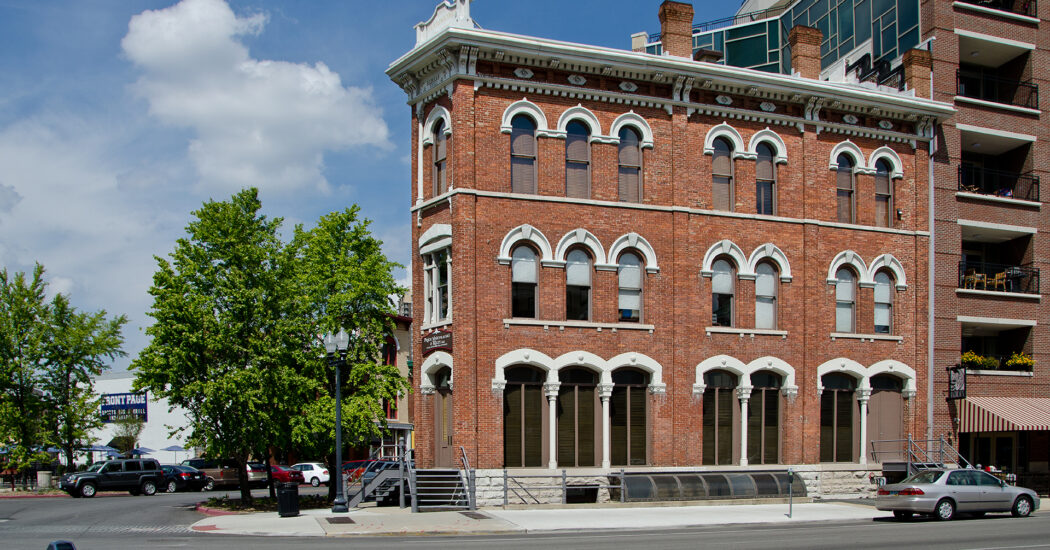How Commercial Lease Structures Impact the ROI of Energy Efficiency
-
Category
Innovation -
Posted By
Bill Gruen -
Posted On
Sep 10, 2020
While making improvements to a commercial property’s energy efficiency is never a bad thing, property ownership and lease structure can make a big difference in how your return on investment (ROI) is realized. Oftentimes, all parties see some benefit to efficient upgrades, but it may not be in the form of direct monetary savings or incentives.
Here’s how that ROI shakes out for some of the primary lease types.
Gross or Full Services Lease
Under this type of lease, the tenant pays one lump sum for rent, and costs are fixed. The tenant is not responsible for paying the utility bills for their space. Therefore, if a landlord invests in upgrades to improve energy efficiency, they will receive the direct monetary ROI in the form of lower utility bills and operational costs, as well as potential utility rebates.
However, even though the tenant doesn’t directly see the monetary return, the improvement in day-to-day experience in their space can be tangible and result in improved satisfaction.
Net Lease
There are four types of Net Leases:
- Single
- Double
- Triple
- Absolute Triple
In each of these, there is a base lease agreement, but the tenant also pays for other expenses, including common area maintenance (CAM) charges. This typically includes paying their own utility bills. Thus, investing in energy-related upgrades will result in cost savings for the tenant through lower bills.
Another aspect to consider is utility rebates for energy efficient work. Typically, the energy meter on a property is under the landlord’s name, meaning the landlord will receive any utility rebates for efficiency investments. Under Net Leases, it is possible the tenant has their own utility meter, in which case they could receive the utility rebate. The landlord can also assign the rebates to the tenant, even if their name is on the meter.
Despite not seeing monetary savings from lower utility bills, energy efficiency provides a considerable advantage to the landlord in Net Leases through long-term ROI metrics. This includes improved tenant retention and satisfaction, as well as a new selling point to attract new tenants.
Modified Gross or Net Lease
This lease type is a middle ground for landlords and tenants and allows for negotiation as it pertains to operating expenses. The party who sees the direct ROI of energy efficiency investments—whether that’s the tenant, the landlord, or a shared return for both—will depend on the details of the final lease agreement.
Deciding What Energy Investments to Make
Often, the first step in determining the ROI of energy efficiency is an energy audit. During the audit process, we outline recommendations for efficiency improvements to your property, as well as what kind of return you can expect from these improvements. This gives you all the information up front and allows you to make the best financial decisions moving forward.
Another great tool is our Retro-commissioning (RCx) program. RCx focuses on the low-cost and no-cost measures that can be implemented to optimize your building’s operations using your building automation system. Typically, owners see payback on their RCx projects in two years or less.
No matter what type of lease structure you have, we can help you make worthwhile energy upgrades to your properties.







